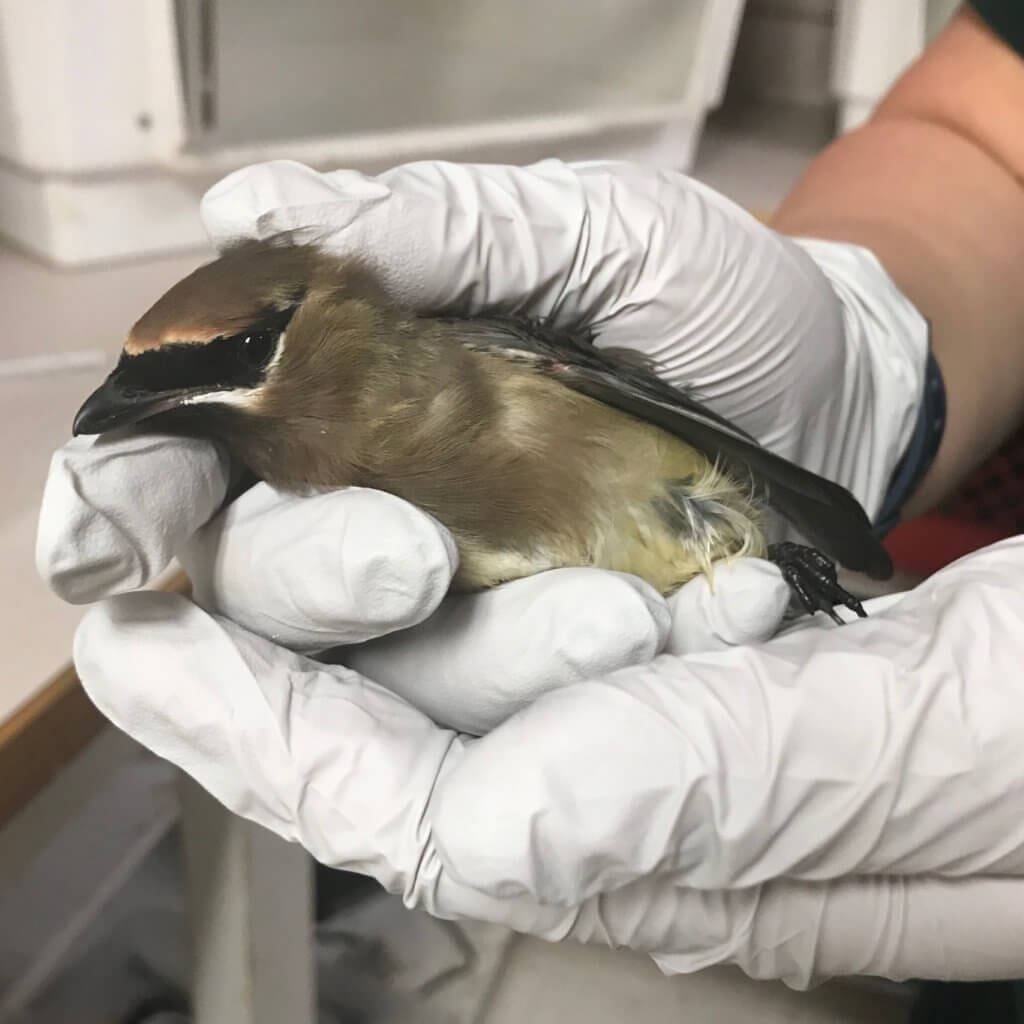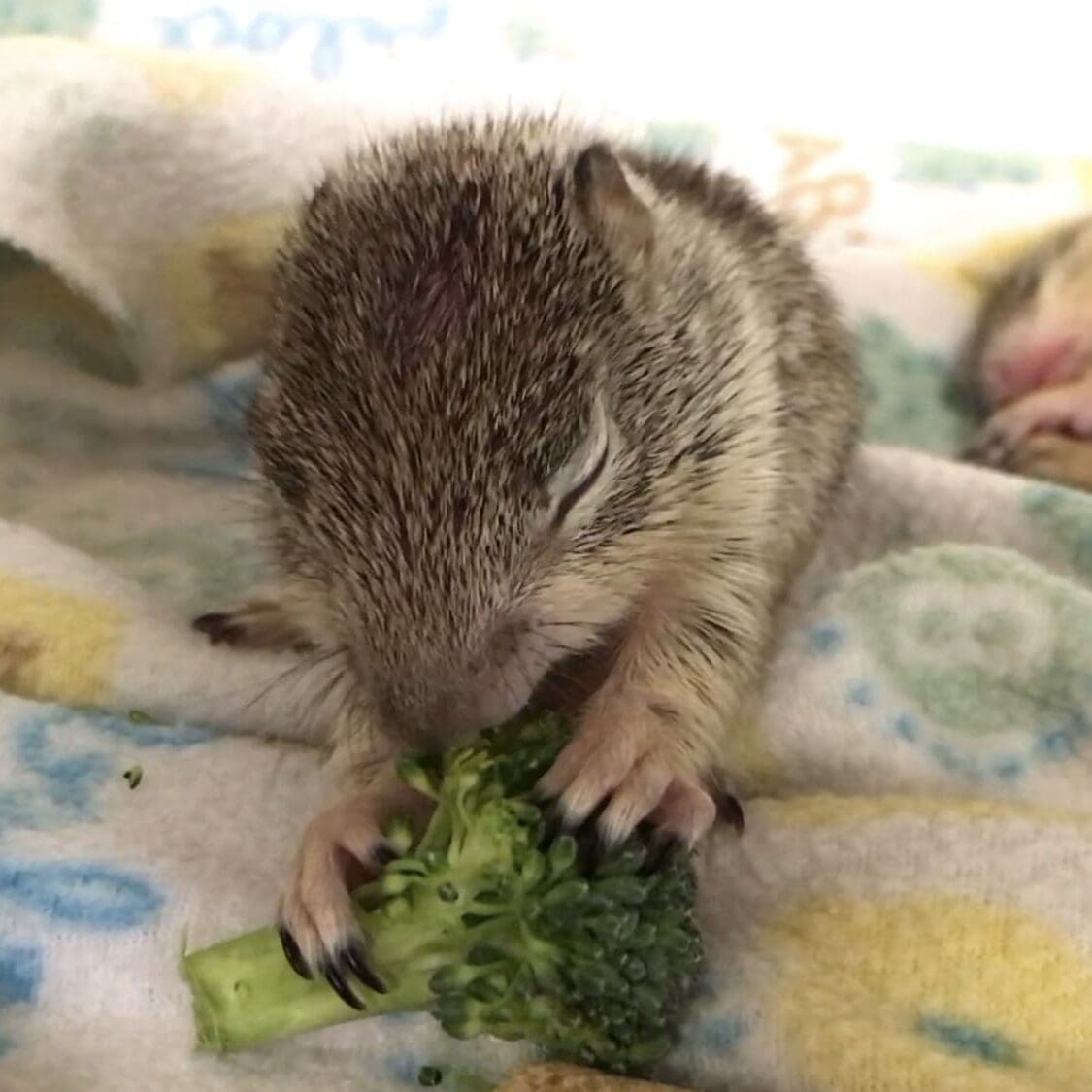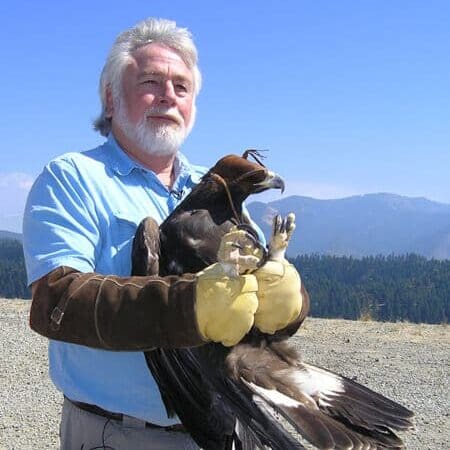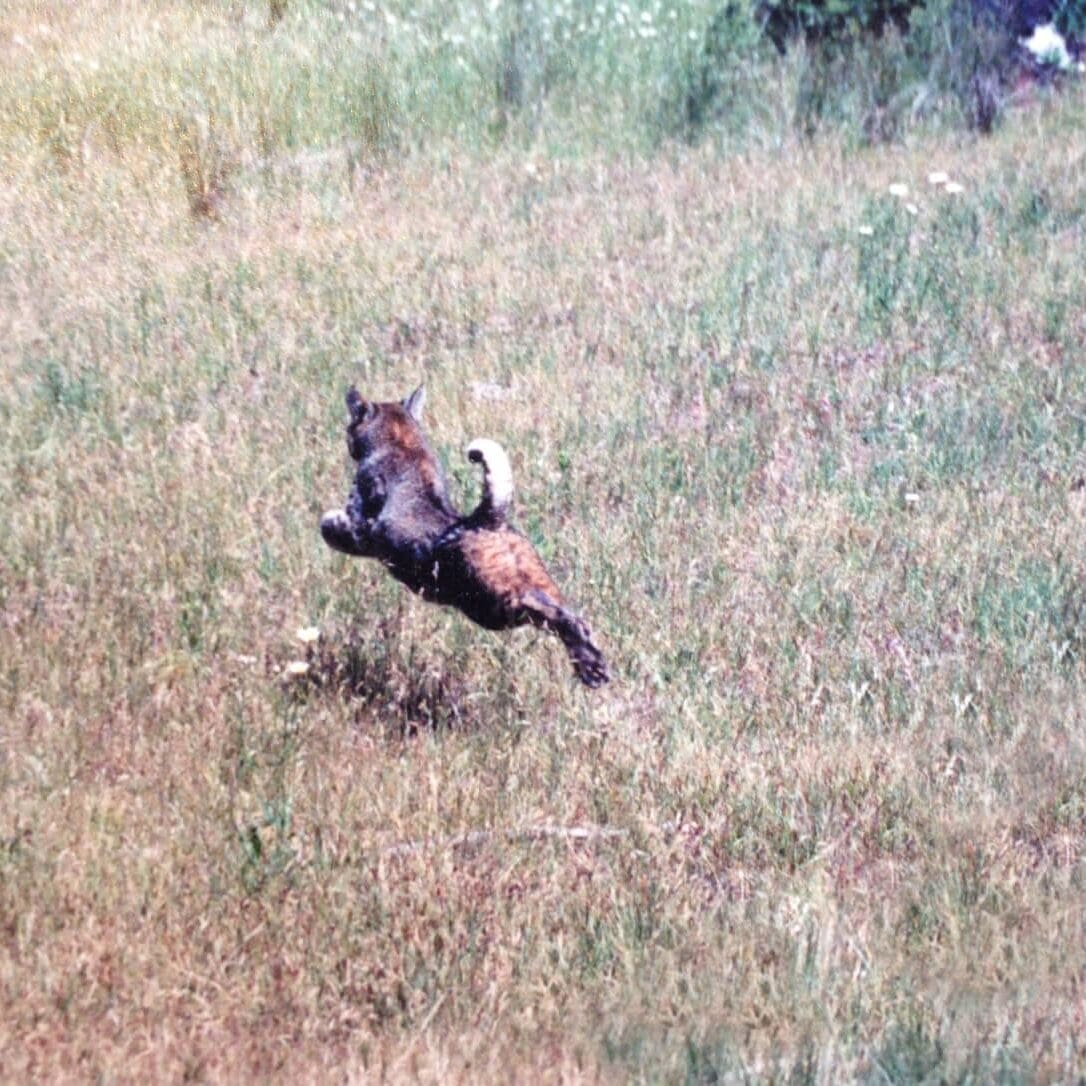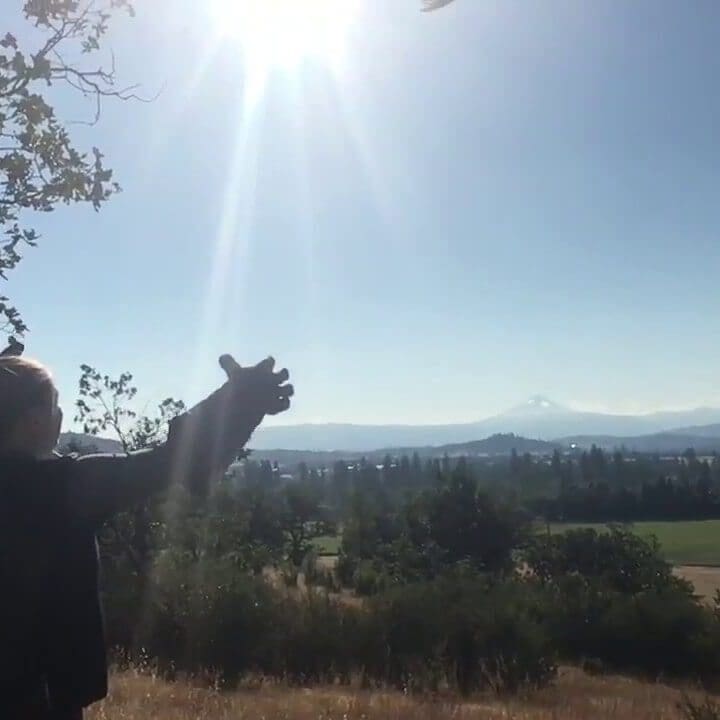The Rehabilitation Process
The rehabilitation process begins with a physical exam in our Clinic. Animal Care staff assess the extent of an animal’s illness or injury. Of course, wild animals are not the most cooperative of patients, so we often need to anesthetize them to be sure we can safely provide a thorough exam. We might also take radiographs, perform simple tests, and collect laboratory samples.
Once we have evaluated an animal’s condition and determined that it might be capable of surviving its illness or injury, we must treat it accordingly. Our Animal Care staff must be knowledgeable about various species and how to meet their needs. We deal with all native species of wildlife. One day, we might get a nest full of cat-attacked American Robins. We might get a very angry, injured adult raccoon the next day. The treatment approach will be different from species to species and even from one animal to the next.
After an animal leaves intensive care, it eventually enters an outdoor enclosure. Animal Care staff must assess an animal’s ability to climb, run, fly, crawl, slither, and soar. Our pre-release enclosures have a variety of perches at different heights, large logs to run over and under, tunnels to crawl through, dens to hide in, boxes of dirt to dig in, and ponds to swim in.
Once outside, orphaned animals can grow, learn natural behaviors, and get accustomed to the sights and sounds of being outside. Injured animals get a chance to be back outside, where stress levels are considerably lower, and they have time to strengthen and regain the physical abilities they had before their injury. Although we maintain a strict policy of limiting human contact with our wild patients, there are noises and unavoidable contact when an animal is housed inside an enclosure. Once outside, we find that the animals will start behaving more normally again now that they are experiencing less human-induced stress.
The ultimate goal for all animals that come in for rehabilitation is to be released back into the wild. Before any animal can be released, we must be confident they can care for themselves in the wild. It’s a challenging world out there! For orphaned animals, this involves a lot of things. Since these animals were hand-raised by humans, they are at a more significant disadvantage than if their wild parents had raised them. Animal Care staff takes every precaution to ensure that immature animals do not become imprinted on humans. An imprinted animal thinks it’s a human. Therefore, it has little to no fear of and associates itself socially with humans. This can be a real problem for animals, especially during mating seasons. An imprinted animal is not capable of surviving in the wild and, therefore, cannot be released.



